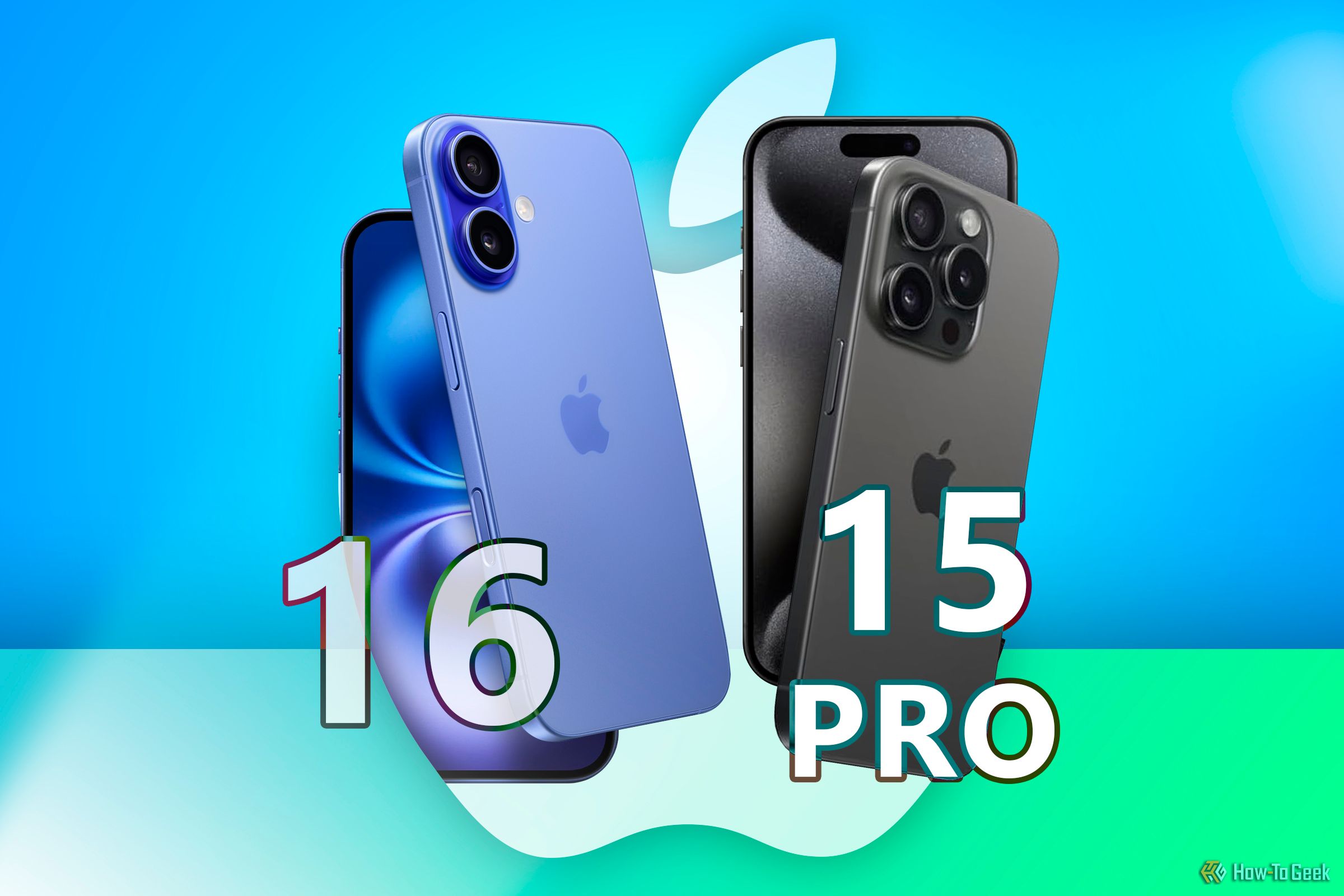Key Takeaways
- Cutting-edge gadgets have hidden costs beyond hardware, subsidizing future features in more affordable models.
- New devices quickly lose their superiority, making the premium paid for cutting-edge tech often unjustifiable.
- Mid-range devices can offer more value and specialized features, reducing the need for costly cutting-edge gadgets.
Chasing the latest tech feels like a never-ending sprint on a digital treadmill. But what if the smartest move is stepping off and still enjoying the overall benefits? As someone who has to evaluate technology for a living, here’s how I decide which gadgets to buy and why I avoid cutting-edge devices.
The Hidden Costs of Cutting-Edge Technology
When we purchase the latest devices, we’re not just paying for the hardware; we’re also paying for the extensive research and development, aggressive marketing campaigns, and the prestige associated with the brand. Early adopters essentially subsidize the development of features that will eventually become standard in more affordable models.
For example, consider the iPhone 15 Pro (starting at $999), which came with the new Action Button, and the A17 Pro chip, which is capable of performing AI functionalities. Fast-forward to one year later, the base iPhone 16 (starting at $799) comes with the Action Button and also the A18 chip, which supports AI (Apple Intelligence) and is neck and neck with the A17 Pro. So, was spending the extra $200 worth it?
Cutting-Edge Devices Don’t Stay “Best” For Long
There’s an argument for buying the latest products since they’re the “best” option available. However, in the fast-paced tech world, this logic quickly falls apart. Yesteryear’s best quickly becomes this year’s “meh” as the tech giants advertise new premium features or gimmicks. As such, the premium paid for that brief period of superiority often doesn’t justify the cost.
Take any phone or laptop released in 2023. At launch, the iPhone 15 Pro or high-end Windows laptops like the Dell XPS line-up were the “best” devices in their respective categories. However, as 2024 rolled in, the focus shifted dramatically towards AI capabilities.
As a result, even recent flagship devices may not be fully equipped to handle new AI features. Apple’s upcoming “Apple Intelligence” and Microsoft’s push for AI-optimized laptops with dedicated Neural Processing Units (NPUs) mean that devices without specific hardware components may completely miss out on on-device AI capabilities.
…But What About Longevity?
Buying a cutting-edge, high-end device this year doesn’t necessarily bind you to buying one every year. Most cutting-edge devices offer robust hardware with long-term support. So, even if the features lose their exclusivity, don’t these make the most sense longevity-wise?
That argument is solid—just not in the tech space, especially when considering laptops and smartphones. While you will receive longer software support, the hardware warranty is usually capped at one year from the date of purchase.
With time, the device’s battery life will degrade and suffer from wear and tear. Also, even if it gets software support for the next seven years, the internals might not be powerful enough to support all the nice features available a half-decade from now.
That’s why, instead of buying a $1000 flagship and planning to use it for four years, I much prefer spending $500 on a solid midranger every two years! This makes more financial sense and gives me access to newer features on my most recent purchase.
Costly Repair Bills
This problem isn’t strictly limited to cutting-edge devices and extends to all high-end gadgets in general. I recently got a year-old S23 Ultra at a $550 discount over the launch price. However, if I accidentally break its display, I would still have to pay ~$320 for a replacement, at the time of writing. For reference, I got my Pixel 6a for $300!
This price disparity extends to laptops as well. Repairing the latest MacBook Pro can be significantly more expensive than servicing a slightly older model or a mid-range Windows laptop.
Of course, you can avoid first-party repair options and get your phone or laptop repaired at a third-party repair center. However, this isn’t as simple as it used to be—especially with cutting-edge and flagship devices. Some companies—like Apple and Samsung—are making it harder to opt for third-party repairs, which means paying exorbitant first-party repair bills is often your only choice.
Feature Bloat: Paying for What You Don’t Need (or Want)
Cutting-edge devices usually offer a plethora of features: top-tier cameras, high-performing processors, and stunning displays for content consumption or gaming. But rarely does a single person have a use for all these features.
This is actually an area where I think mid-range devices offer the most bang for the buck. The segment is usually very competitive, and companies need to cut corners to strike an appealing price point. As such, you rarely see a phone that does it all. Instead, you get specialized devices.
Some are “flagship killers” with top-of-the-line processors, making them perfect for gaming or heavy tasks. They usually cheap out on the build quality, screen, and cameras! On the flip side, you get devices that compromise on the processors but offer stellar build quality and an amazing display for content consumption.
Unfortunately, we have yet to see flagship-level cameras on mid-range devices, but that’s a problem I like to solve by looking into older flagships instead of cutting-edge models.
When Does Cutting-Edge Tech Make Sense?
While I generally advocate waiting for a price drop before buying the latest devices, there are situations where cutting-edge tech makes financial sense:
- Professional Requirements: If you’re a content creator, developer, or designer who needs top-tier performance for work, investing in the latest devices can be a sound business decision. Waiting for one year to save $500 can potentially cost you business worth far more than that.
- Specific Feature Needs: If a cutting-edge device offers a unique feature crucial to your work or lifestyle, it might be worth the investment. The latest foldable phones, for instance, could be valuable for someone who frequently multitasks on the go and benefits from the larger unfolded screen.
- Financially Secure Enthusiasts and Early Adopters: If a device is within your budget, and you’re a techie who loves to fiddle with the newest technology, paying the premium might make sense.
Overall, it’s all about knowing whether you need (or want) this tool instead of marketers making you think you need or want it!
Why I Don’t Buy Cutting-Edge Hardware
I am a tech enthusiast with a professional background in writing and talking about technology. So why don’t I buy cutting-edge tech? Well, believe me, I want to! Even now, I often tell myself I can justify a purchase by creating content around it. However, that’s rarely the case—trust me, I tried!
In a nutshell, I try to tell people how a certain feature or gadget is really cool and how it can help them improve their productivity or simply entertain them. However, when drafting a piece about a cutting-edge device, I quickly find that its features are either overpriced gimmicks with very little benefit or it’s beneficial, but only to an extremely niche audience.
Most of the time, the pragmatic features are all available in mid-range, reasonably priced gadgets. So yeah, even for a tech writer, buying cutting-edge things doesn’t always make sense!






